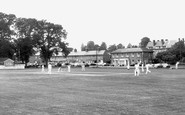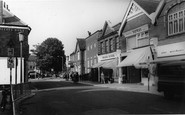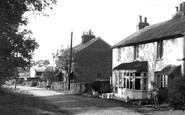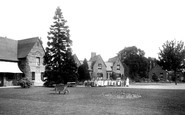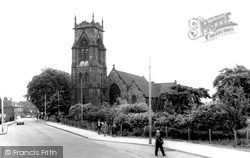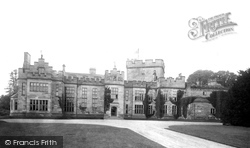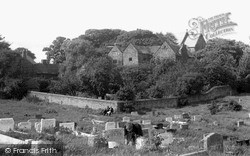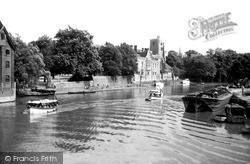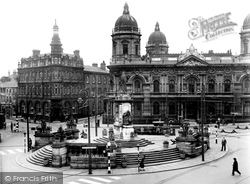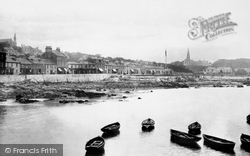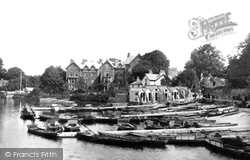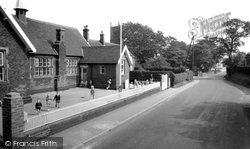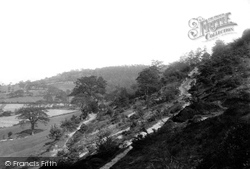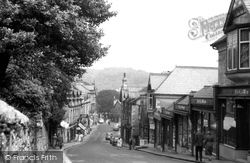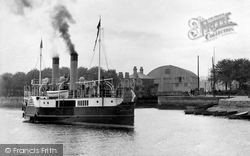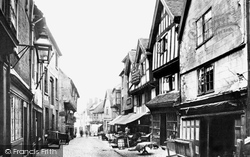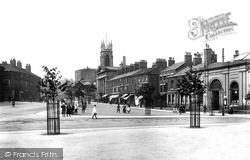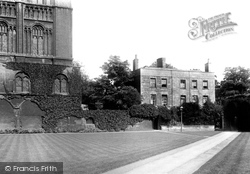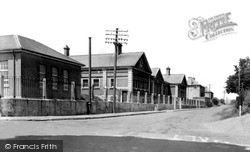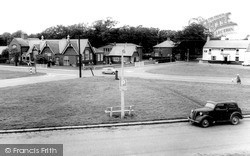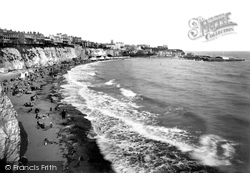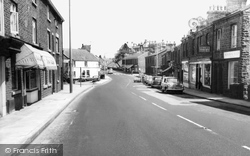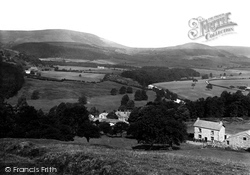Places
8 places found.
Those places high-lighted have photos. All locations may have maps, books and memories.
Photos
80 photos found. Showing results 381 to 80.
Maps
49 maps found.
Books
Sorry, no books were found that related to your search.
Memories
1,421 memories found. Showing results 191 to 200.
Mine And My Mum Avrils Memories
My memories relate to the year 1977 when I arrived in Cropwell Bishop to stay with my Great Uncle Wilf and his wife Dorothy fresh from New Zealand. They lived at the old Post Office in the village of Cropwell ...Read more
A memory of Cropwell Bishop by
Memories Of The Red Lion
I was born in 1966 and lived in the Red Lion. My dad and mum were married in 1961. My dad lived in the village all his life, moving to the Red Lion on his marriage. My dad was formerly of Temperance Hall, down the road ...Read more
A memory of Wareside in 1966 by
Living In
When I moved to live on the Cricket Green with my parents in 1947, the previous tenants were called Bacon, and for many years afterwards, people would say "Oh you live in Bacons' old house" - my mother would seethe! My brother ...Read more
A memory of Hartley Wintney in 1950 by
Ann & Vic Norman's Shop
My mother Joyce Stannard worked at the shop in this picture in the foreground with the canopy next to the wine merchants. When she started it was a little wool shop owned by Miss Wright - she sold it to the Norman's who ...Read more
A memory of Cobham in 1960 by
My Subsequent Visit 29.10.2008
My wife and I had pre-arranged to meet my sister and her entourage in the Fox and Hounds at midday yesterday. The long and winding lane from Eynsford became muddier and narrower with each passing mile and we ...Read more
A memory of Romney Street in 2008 by
Rivacre Baths.
For those who never saw (or may have forgotten), the photo shows the view you had after coming in through the main entrance. The large fountain can be seen in the foreground, and was enjoyed by many children as they ran around ...Read more
A memory of Little Sutton in 1947 by
A Tiny Hamlet Lost In Time
The year was 1970. Myself and a friend were typical 15 year old youths of the time, well, typical for our type of neighborhood. We had long hair, pierced ears, denim jeans and jackets and owned but a couple of shillings ...Read more
A memory of Trelights in 1970 by
Ffynnongroyw
I read with interest the account of Ken Davies and his childhood memories of the Garth Mill in Ffynnongroyw. We moved to Llinegr Farm on October 2nd 1961 (I was 7) and moved on November 6th 1988 after my father's death. I remember ...Read more
A memory of Ffynnongroyw in 1961 by
Martha Ward
Hi Rosemary, Once again I found you very heplful, you sent me info on Princess Mary Homes. I followed it up and found them very helpful, only trouble is other people on same page (not covered by freedom of information) will have to ...Read more
A memory of Addlestone in 1890 by
Flimby
I cannot remember a time where Flimby did not feature in my life. My father was born on Ryehill Road, and my grandfather was born and bred in Flimby. It once was a pit village and my grandfather John Watters was an engineer, his father was ...Read more
A memory of Flimby by
Captions
877 captions found. Showing results 457 to 480.
He used to preach with the church door open so as not to miss fellow cock fighters passing by on their way to matches at Darlaston Fields - and would cut short his sermon to follow them.
Salvin returned to Greystoke in 1868 to carry out restoration work following a fire.
The hall was greatly altered in the 17th century, and in 1955, following its restoration, it was officially opened by the US ambassador. It is now in the care of the National Trust.
Originally built by Archbishop Islip in the mid 14th century, it was subsequently altered by Archbishop Morton during the following century.
The 35ft statue of Queen Victoria, designed by the architect J S Gibson and the sculptor H C Fehr, dominated the centre of the new city square following its unveiling by the Prince of Wales on 12 May
Famous for the quality of its beaches, Millport developed as a resort following the construction of the harbour and the introduction of a ferry service to and from Largs.
On 24 June Cabot discovered mainland America, and the following year his son Sebastian explored the American coast from Newfoundland to Florida.
This is the corner of the Bowness boating area which is used by rowing boats for hire, following the onset of mass tourism from the mid 19th century.
Cheshire's bowmen were the best in England, and land here was granted to two archers in 1365 following the Battle of Poitiers.
The street is now a cul-de-sac, following the opening of the by-pass in the 1980s.
However, the erosion below Pillar Mine was too great for this restored path to follow the old line and it now has to twist and turn to reach the top of the crest.
Following Law's closure, the top three shops became Lancaster's shoe shop, selling a wide range of shoes and boots; they are still trading there, but with an expanded range of goods.
He followed Dr Cotton in increasing the size of Marlborough from a modest establishment, providing good cut-price education to the son of clergymen, to one of the great public schools of the
Up until the inquiry which followed the 'Titanic' disaster in 1912, lifeboat capacity on steamers was based on the ship's tonnage rather than the actual number of people carried.
Few streets still follow their original medieval plans, though not all have been lost since 1945. Butcher Row went long ago.
The bulk of the present castle dates from its rebuilding following a fire in 1816.
It was here and on the Market Place that local people met to protest about unemployment and hardship in the years following the defeat of Napoleon.
Here Miss Gibson followed the Bishop's suggestion to open a school for high-class girls, and here Nurse Edith Cavell taught.
The village has recently grown enormously following the building of a dual carriageway linking the area with Wrexham and Chester, and many people from here now commute to those towns.
Thought to have been used since the Bronze Age, the track through the valley was one of several routes followed by packhorse drivers, who carried goods across the moorland hills between Lancashire
This is Main Bay, which changed its name to Viking Bay following the arrival in 1949 of a replica Viking ship, the Hugin.
When the canal was built and linked the town with Manchester, new industries soon followed.
The hills at the back are Mellor Knott and, to the left, Totridge Fell, along which the old border looped, climbing from the river to follow the watershed.
Back across the river, via the Batheaston toll bridge, follow the Avon south before turning right to Monkton Combe, a delightful village nestling in the valley of the Midford Brook.
Places (8)
Photos (80)
Memories (1421)
Books (0)
Maps (49)

